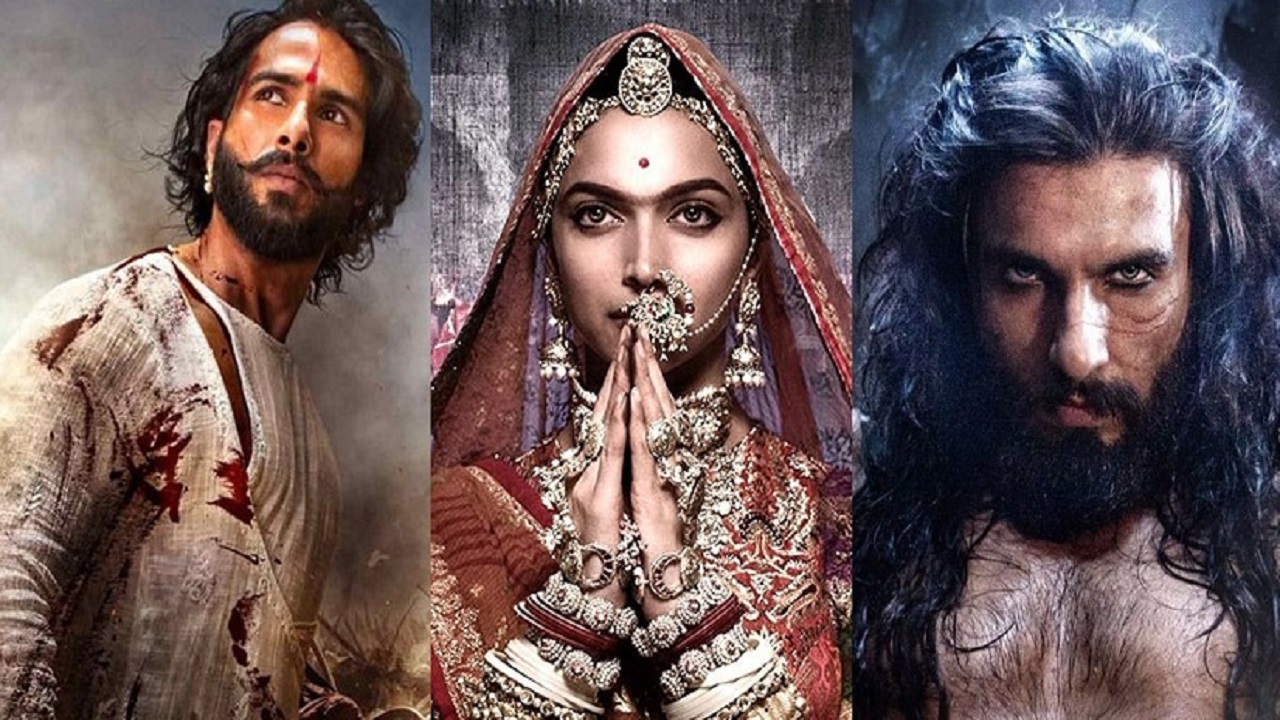By Khadija Kothia, BA History
You walk into the low-lit cinema, sit down, and your world is transformed. Worn armchairs grow into thrones of gold. The grey winter skies outside turn a warm-tinge of permanent sunset orange. The room, a palace court. You, in silken robes.
This is fourteenth century Chittor, North-West India. Rajput territory. The director, Sanjay Leela Bhansali, has bought his epic to you.
Like Bajirao Mastani and many of his previous productions, Bhansali has created a visible masterpiece. Paired with the work of sixteenth century poet Malik Muhammad Jayasi, Bhansali retells the epic tale of the legendary Queen Rani Padamavati – a Queen so beautiful that upon hearing of her heavenly description, the treacherous Alauddin Khilji, Sultan of Delhi, is driven by his lust to kill, seize power, and even risk his empire’s fall. It is somewhat Macbeth-like. A Macbeth in love…and in silken shalwar.
Not dissimilar to the classic Bollywood happily never-after, the film’s release hasn’t been the smoothest. A rumoured dream scene between the Muslim King and Hindu Queen brought the enacted religious divide to the very streets of India. The rumours were false. What remains true, however, is the film’s reflection on an already fracturing society.
Dressed with Kohl-rimmed eyes, bloodied fists and hanging weaponry, Ranveer Singh plays the film’s antagonist, Sultan Alauddin Khilji. He is a fierce presence, hateful and presented to be hated. It works, and in doing so, the audience is made to despise him and all that he represents. He is not just Alauddin Khilji, the tyrant. More importantly, he is a Muslim, the invader, the barbarian polluting not only the luxury that Bhansali conjures up for his audience, but the purity of the Rajput name.
And thus, as Padmaavat becomes Bollywood’s most expensive Hindu film to date, its pro-Hindu sentiments are ever-looming. What Jayasi essentially created as a spiritual epic celebrating multiculturalism, Bhansali mutates into a Hindu propagandist piece that, underneath its lavish exterior, becomes one among many Bollywood productions that, in envisioning a Hindu past of purity, simultaneously perpetuates stereotypes of the ‘Other’
